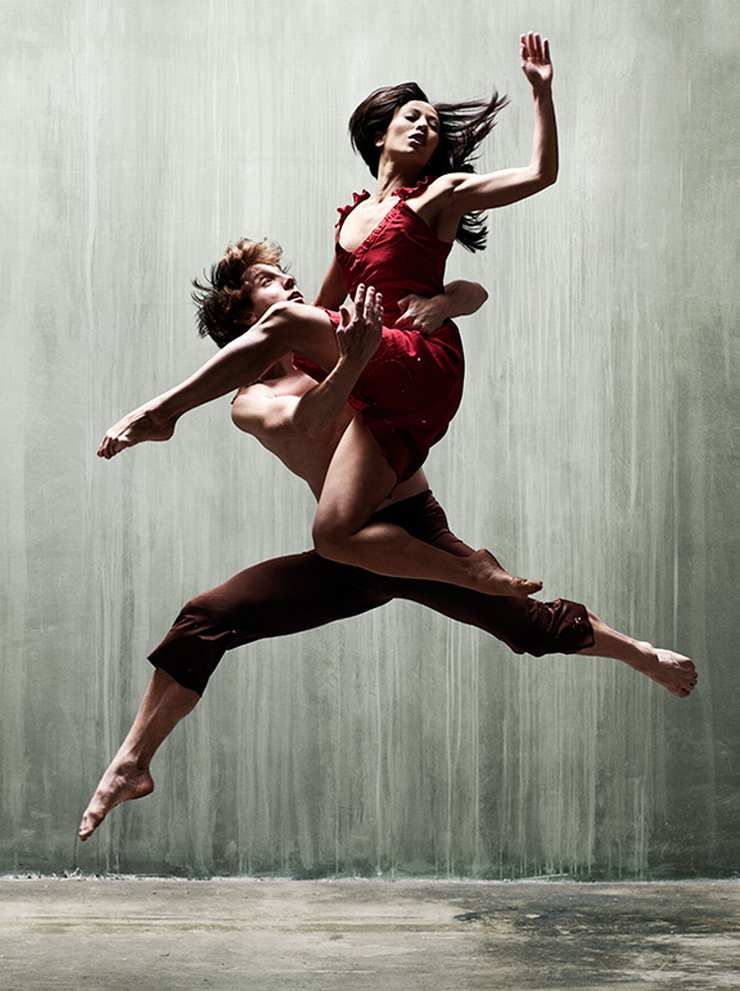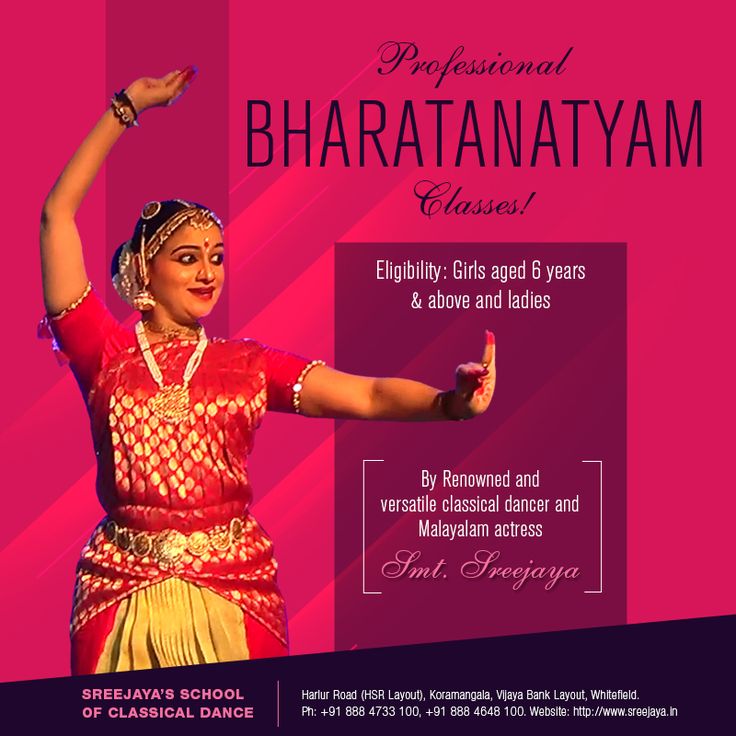How to dress like a dancer everyday
How To Dress Like Every Day Is The Ballet
Trends
Accompanying bun optional.
By Alison Syrett
Copyright © Fox Searchlight / Everett Collection
While we watched Center Stage, Black Swan, and Save the Last Dance the first time for breathtaking choreography, it was dancer off-duty style that kept us coming back for more (and more, and more — thanks, Netflix!). An effortless mix of studio staples — tights, leotards, stretchy slippers — and street clothes that comes together post-rehearsal, the look always reads elegant and graceful in the coolest possible way; it’s like a reward for logging all that time at the barre. And, man, do we want in on the spoils.
If you’re right there with us, these six pieces ahead are key. Ballet inspired, but everyday-ready, each is an item that captures the relaxed femininity of bun-head dressing without literally wearing a tutu and pointe shoes, or putting in a single plié.
Read on to stock up!
1. Bodysuit
Besides instantly giving your look a dancer off-duty twist, a leotard-inspired one piece translates to a multitude of occasions. For something more casual, like running errands or brunch, we’d pair it slouchy pants and flats; a full skirt and heels take it straight to an evening event.
Zara jacquard bodysuit, $39.90. zara.com
1. Bodysuit
Wolford Berlin stretch-jersey bodysuit, $240. netaporter.com
1. Bodysuit
H&M Ribbed Jersey Bodysuit, $29.99. hm.com
2. Lace-up Pumps
Pointe slippers might be fun to look at, but feel corny IRL. Avoid channeling Laura Flynn Boyle at the 2003 Oscars by going for the subtler (but far more chic) option of ankle-wrap stilettos instead.
KG By Kurt Geiger Divine Black Suede Lace Up Heeled Shoes $214.
 98. asos.com
98. asos.com
Most Popular
2. Lace-up Pumps
Reiss Astrantia pump, $320. reiss.com
2. Lace-up Pumps
Aldo Fredola pumps, $80. aldoshoes.com
3. Skater Skirts
All the femininity of a tutu, without the fussiness. Wear it like a true bun head would: layered over a fitted one-piece.
H&M Skirt in Crushed Velvet, $14.99. hm.com
Most Popular
3. Skater Skirts
Mango sequined skirt, $99.99. mango.com
3. Skater Skirts
Kenzo leopard print skater skirt, $268.45. farfetch.com
4. Cropped Knits
While dancers do shrunken sweaters for purely practical reasons — less material is easier to move in — we love the way one balances the aforementioned full-cut circle skirts on this list.
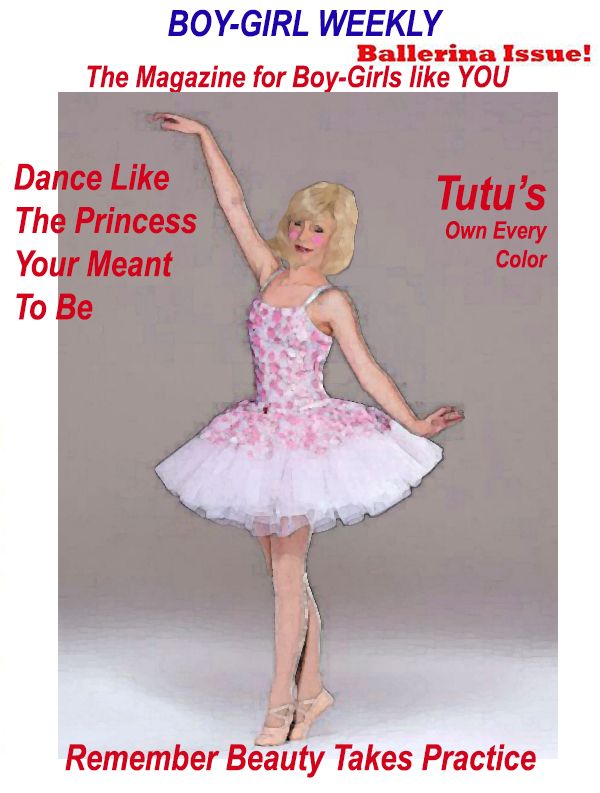 Don’t worry if the fit hits a few inches above your waistband; with a bodysuit beneath, you’ll avoid showing skin.
Don’t worry if the fit hits a few inches above your waistband; with a bodysuit beneath, you’ll avoid showing skin.Topshop Eyelet Tie Side Crop, $75. topshop.com
Most Popular
4. Cropped Knits
American Eagle feather light cropped sweater, $29.95. ae.com
4. Cropped Knits
Rag & Bone Makenna cropped knit, $295. intermix.com
5. Sweater Sweats
Add some extra polish to an easygoing, straight-from-the-studio vibe by opting for knitted joggers over traditional gym pants. By swapping in a few new accessories, the style’s luxe fabric goes straight from lazing around the house to dinners out.
Whistles Cashmere Tweed Jogger, $440. whistles.com
Most Popular
5. Sweater Sweats
Aerie sweater jogger, $39.
 95. ae.com
95. ae.com5. Sweater Sweats
COS Knitted leggings, $99. cosstores.com
6. Ballet Flats
Whether you go for classic pink slip-ons, or an of-the-moment lace-up style, this feminine footwear is the ultimate counterpoint to a more tomboyish piece, like boyfriend jeans, or a slouchy coat.
Bloch Ballet Flat, $89. urbanoutfitters.com
Most Popular
6. Ballet Flats
J.Crew Gemma flats, $135. jcrew.com
6. Ballet Flats
Loeffler Randall Ambra flats, $295. loefflerrandall.com
Want more Teen Vogue? Like us on Facebook to stay in the know!
The Ideal Wardrobe of a Ballet Dancer
What ballet dancers wear to class and outside class and clothing styles that have been inspired by ballet dancewear.

Ballet dancers have a rich history of ballet dancewear through the ages. Dancers merge personal expression with the physical form, and many celebrities and fashion icons like Audrey Hepburn, Brigitte Bardot, Natalie Portman, and Alexa Chung have left their mark on ballet fashion.
Ballet dancewear, in particular, is known for its iconic style of classic, formfitting clothes that are cut to flatter and reveal, allowing for sleek silhouettes and optimal movement without giving too much away.
Ballet dancewear is a perfect amalgamation of functional and whimsical clothing. From leotards to woolen knitwear, each piece serves a unique purpose and a specific role in a dancer's wardrobe.
A Ballet Dancer's Wardrobe
Tights are worn to permit a wide range of motion and accent a dancer's lines, while a leotard-sans-tights look shows off the powerful muscles in a dancer's legs in the studio.
A simple scoop-neck leotard highlights a ballerina's swanlike neck and elegant posture, both rooted in a powerful core. Long-sleeved leotards provide coverage and warmth for every port de bras. Simple chiffon wrap skirts offer a floaty, opaque layer over the hips and butt while displaying the legs.
Long-sleeved leotards provide coverage and warmth for every port de bras. Simple chiffon wrap skirts offer a floaty, opaque layer over the hips and butt while displaying the legs.
Tutus and tulle practice skirts add structure and formality while bringing the focus to the lower legs. Cozy legwarmers and knit shorts keep the muscles warm and hip loose during rehearsals and classes. A simple ballet wrap sweater heats the back muscles but is easy to put on or take off without disturbing a dancer's makeup or hair before a performance or during a workout.
Female ballet students are usually required to wear a leotard and tights in class. While some schools stipulate pink tights, others specify the colors of leotards for different levels or days of the week. Some schools might mandate a specific style of a leotard.
Some schools prescribe that their female students wear classical tutus for variation or pas de deux class. This is to allow the ballet dancer and her partner can become familiar with the restrictions that the tutu places in the dance move.
In winter or in cold ballet studios, ballet dancers, especially professionals, wear different forms of workout clothing called warm-ups. The dancers could wear these in their pre-class routines when their muscles are not yet warmed up or between rehearsal or another class.
While many professionals wear warm-ups, they are usually not allowed in ballet school because wearing outfits that cover the dancer's body makes it more difficult for the teacher to see and correct the lines and positions a student is trying to make.
Of course, ballet dancers also wear ballet shoes, often called ballet slippers. Most schools require girls to wear pink ballet shoes and boys to wear white or black to match the color of the tights. Pointe shoes are usually worn only by advanced dancers and mostly by female dancers as male dancers do not do much of pointe work.
Read more about maintenance of your Pointe Shoes
Wardrobe Staples Of a Ballet Dancer
The Wrap
A chiffon or georgette pull-on or wrap skirt and a pancake tutu with a mesh wrap top add to the feminity of the dancer. They are designed to draw attention to the lines of a dancer's legs and also provide coverage of the derrière, hips, and upper thighs.
They are designed to draw attention to the lines of a dancer's legs and also provide coverage of the derrière, hips, and upper thighs.
The Tutu
There are several different tutu styles. A tutu is usually worn with a simple leotard or sports bra. If performing a classical role, she may be wearing a traditional or romantic tutu (longer, diaphanous, covers knees). Two other main types of tutus are the pancake (or classic), and powder puff.
There are also tutu dresses which are costumes consisting of a camisole top and a tulle skirt. In rehearsals, a practice tutu will be used, which is the same shape/size as the real deal. In a performance tutu, the bodice is usually sewn into the basque; there is an upper basque and a lower basque. A practice tutu is just the lower basque.
The Leotard
A leotard is a staple of a dancer's wardrobe, and they are offered in a mindboggling selection of styles, fabrics, and colors. During performances, seamed tights are typically worn over the entire foot and inside of pointe shoes or ballet slippers.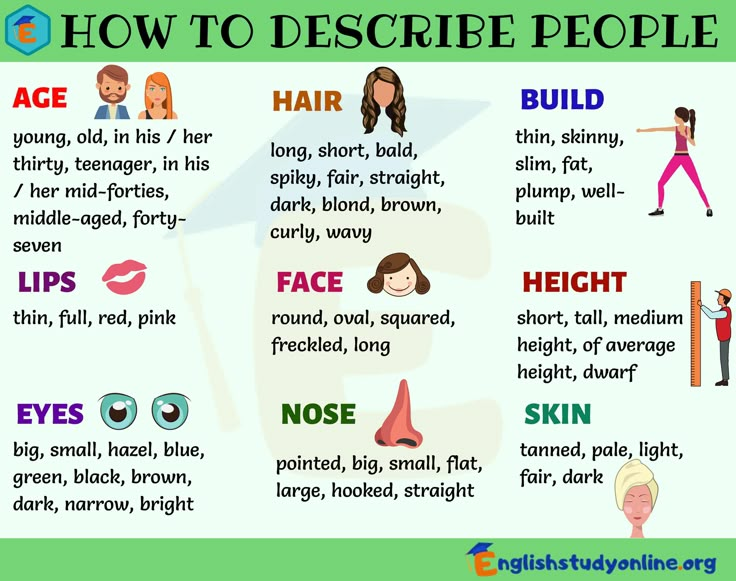
A halter-neck leotard is ideal for cardio workouts, showing off back muscles and the beautiful posture while keeping the arms and shoulders cool. A leotard with a mesh provides breathability, and those with lace and embellishments showcase refined aesthetics combined with functionality.
In winter, full sleeved leotards provide the much-desired warmth and coverage. During company classes, some dancers wear shorts under their leotards as a reflection of their styles.
Men and boys usually wear plain white t-shirts, such as Hanes or Fruit of the Loom as these are suitable for dance classes. Getting a tighter fit than a looser one will ensure the movements are clearly defined. Tucking a shirt into the waistband of your dance belt will be easier with a fitted t-shirt.
The Tights
Tights come in footed, footless and convertible styles. For an authentic pro look, wear black or pink seamed ballet tights over the leotards.
When the tights are pulled down over the heel of the shoe, it lengthens the line of the leg. Another cut along the heel creates a stirrup that provides better traction on slippery dance studio floor while also giving the same visual impact of clean lines.
Another cut along the heel creates a stirrup that provides better traction on slippery dance studio floor while also giving the same visual impact of clean lines.
Mesh tights are also a popular choice. Modern tights have excellent features such as moisture wicking property and spandex to ensure they stay in place.
Men’s tights are thicker with the default color being black for class or rehearsals. However, many different colors of tights are used for performances. In addition to the tights, male ballet dancers wear an extremely piece of attire called the dance belt. This is not really a belt but is a sturdy thing that is worn beneath the tights and is intended to keep the definition of the crotch hidden.
Off-Duty Styling Tips
Given a week packed with up to 7 performances and 6-hour day rehearsals, often, ballet dancers' commuting outfits they will only see the light of day for a few minutes. So how do they resist from feeling discouraged and showcase their unique style?
Some opt for bright pops of color, bold accessories, and layers, all of which are not usually seen in a ballet studio. Other dancers wear wedges and refrain from the usual flats or pointe shoes thus giving their calves a welcome break. Some dancers wear wardrobe pieces that are timeless in silhouette and then add back some whimsical element.
Other dancers wear wedges and refrain from the usual flats or pointe shoes thus giving their calves a welcome break. Some dancers wear wardrobe pieces that are timeless in silhouette and then add back some whimsical element.
In cold weather, some ballet dancers transform in-studio dancewear into an out of studio look by slipping on a blazer or cozy chunky sweater over tights or hot pants as they run out of the barre or dance studio. Pairing the outfit with some incredible looking mid-calf boot and they ooze style and confidence.
Offstage Styles Inspired by Ballet Wear
Dancers are known to spend most of their lives in tights and off-the-shoulder sweatshirts, meaning you could consider ballet dancers the pioneer of the athleisure trend. Here are some best off-stage styles that have been inspired by the ballet dancewear
The Off-The-Shoulder Top
A ballerina staple, these tops give your shoulders a chance to breathe and are undoubtedly chic. Wear them on their own or use it as a layer over a tank top. Invest in styles that are both loose and form-fitting.
Wear them on their own or use it as a layer over a tank top. Invest in styles that are both loose and form-fitting.
The Legwarmers
These knit dance must-haves can be worn layered over your bottoms or alone as a compromise between wearing tights and going bare-legged in between seasons. We love them in ballet pink and neutrals
The Leggings
When it comes to leggings, it's all about the styling and the one tried-and-true rule to follow when you wear leggings; always wear a long top that covers the behind.
The Bodysuit
Inspired by the leotards, bodysuits are less maintenance than regular tops. Pair them with high-waist trousers or a pencil skirt for a smooth, sleek look because these one-pieces fit like a glove!
The Wrap Top
Ballet dancers wear ballet sweaters, a simple wrap style that rests just above the hips keeping the dancer's back and arms warm. A cropped wrap top is just that and makes for a superb transitional piece of clothing.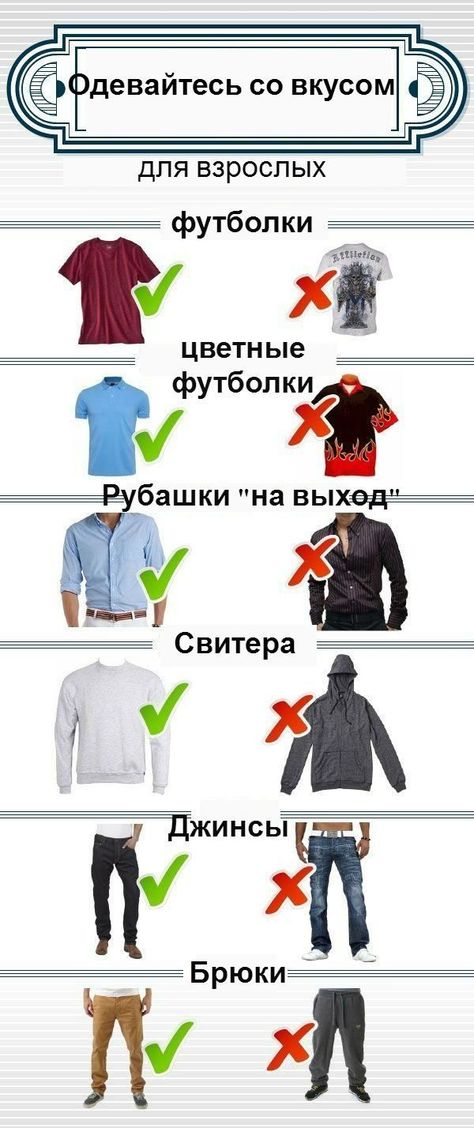 Wear it with a contrasting color camisole or in a complementary color palette.
Wear it with a contrasting color camisole or in a complementary color palette.
The Ballet Slippers
Ballet slippers are the ultimate in comfort and highly popular with flat shoes' enthusiasts or just about anyone who wants to give their heels a break. Highly versatile, slip on a pair to exude quiet elegance.
In the past few years, fashion houses are designing red carpet looks in luxurious styles and flattering cuts that appeal to not just prima ballerinas but to anyone who is interested in ballet 'couture'.
Take a leaf or two out of the ballet wardrobe essentials and carve a look that is distinctly you, no matter whether you are a ballet dancer or not! If you would like help picking out a selection that meets your individual needs, contact us or meet us at the store, we would love to help you!
Dancewear | Useful articles and tips from the 🕺dance studio - Under Stand (Anderstend)💃 in Voronezh.
When you come to the ballroom, it is important to dress correctly.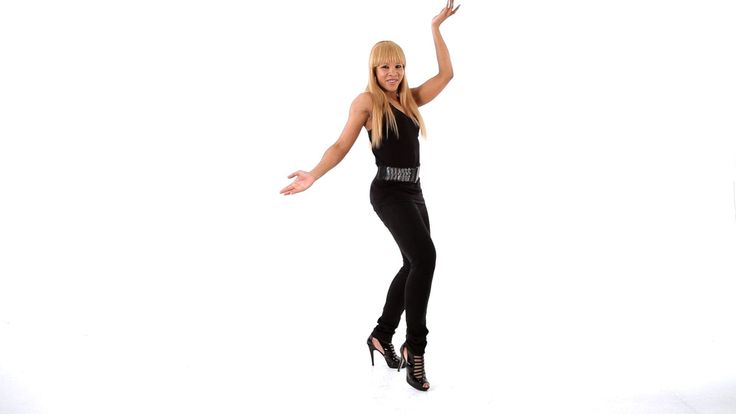 Not just beautiful, but right. And not because they are greeted by clothes, but because each type of dance requires appropriate equipment - comfortable, suitable for a particular type of movement, and also reflecting the unique style of dance. In this article we will tell you how to dress if you are dancing...
Not just beautiful, but right. And not because they are greeted by clothes, but because each type of dance requires appropriate equipment - comfortable, suitable for a particular type of movement, and also reflecting the unique style of dance. In this article we will tell you how to dress if you are dancing...
Clothing for this bright dynamic dance should be comfortable and not restrict movement. Lockers often wear wide trousers or comfortable stretchy jeans, leggings, loose T-shirts, shirts, trowels. Hats, caps - any attributes of lockers. If you are not yet ready for such a bright “suit”, stop for now on comfortable sweatpants, a T-shirt or T-shirt, sneakers or sneakers. nine0003
Traditionally, poppers dress in a rather formal style: they wear strict (but rather loose shirts), jackets, shoes and hats. However, finding such extravagant outfits for everyday training is not so easy, because more and more often dancers can be seen in simple, wide clothes, without deliberate formality, in sneakers or sneakers.
House is a trendy club dance, so clothes for it should not only be comfortable, but also reflect fashion trends. It is not surprising that the dancers wear tight pants, then wide ones. In addition, house is a dance of communication with those who are close to you. In clothes for house you should be comfortable and cozy, you should feel confident and neat. nine0003
Hip-hop is a very democratic dance: perhaps any loose clothing is suitable for it. Sweatpants, T-shirts, caps (optional!), soft comfortable sneakers. And, of course, do not forget about knee pads that protect against injuries - this may sometimes be required (on the recommendation of the trainer).
Graceful girls dancing this dance prefer shoes with high stable heels, as well as light-fitting (and a little spicy) clothes made of elastic fabrics that do not restrict movement (these can be shorts, trousers, leggings - what you will be comfortable). To start classes, sneakers or light sneakers are suitable for you. nine0003
To start classes, sneakers or light sneakers are suitable for you. nine0003
Clothing for Contemporary, this plastic and emotional dance, should be as comfortable as possible: as a rule, these are elastic suits (trousers, shorts, T-shirts, leggings). The dance is performed barefoot or in socks.
Attire for Latin dances is usually a mid-length dress or skirt with wide, flowing edges, shoes with low heels. Of course, comfortable shorts, trousers or leggings are also suitable for training! nine0003
All staged dance directions require maximum comfort from clothing. Lightness and freedom of movement is the main thing to look for in dancewear. In directions with staged choreography, much attention is paid to the self-awareness of the dancer - he must feel in the dance as if on stage - brightly, confidently. In jazz funk, it's even extravagant. You can experiment with outfits. Once you find yours, you will feel it!
Dancehall is a social Jamaican dance, so the clothes in the class should create a feeling of summer and warmth.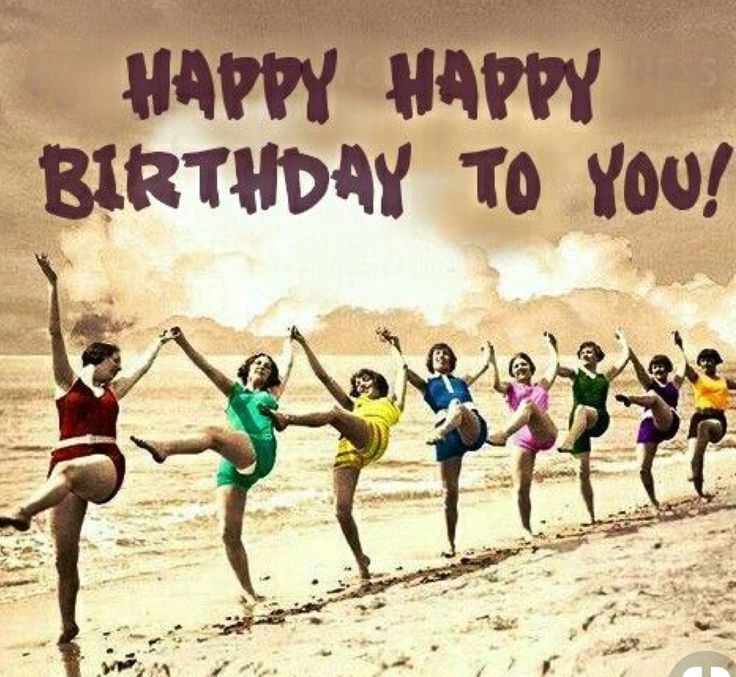 Dancehall dancers often wear bright t-shirts, t-shirts (often both at the same time and preferably in different colors!). Multi-colored leggings and shorts of various styles - the main thing is to create an image!
Dancehall dancers often wear bright t-shirts, t-shirts (often both at the same time and preferably in different colors!). Multi-colored leggings and shorts of various styles - the main thing is to create an image!
Vogue dancers usually like to try on different outfits, experiment, surprise and even shock. Any of your fantasies can be realized in training or at Vogue balls! Style is about vogue. nine0003
Waacking is a bright style, memorable for its presentation and imagery. Each workout is an opportunity for self-expression, including with the help of a suit! Dresses, jumpsuits, shorts, skirts - you can change each session. If all this is complemented by neat low-heeled shoes, you are already ready for the stage. 😉
Breaking is a very energy-intensive, technically complex style. It is very important for a dancer to take care of comfortable training clothes. We advise you not to wear clothes with large metal or plastic elements (locks, buttons on clothes) and remove accessories (bracelets, rings on your hands) - everything can interfere with you. Comfortable sportswear, sneakers or sneakers, knee pads - everything you need for training. Also, the trainer may advise you to purchase a hat (when you move on to learning elements using the head =). nine0003
Comfortable sportswear, sneakers or sneakers, knee pads - everything you need for training. Also, the trainer may advise you to purchase a hat (when you move on to learning elements using the head =). nine0003
The style that originated in hot Africa requires powerful energy inputs from the dancer: you will dance to rhythmic and very energizing music. We advise you to wear comfortable sportswear and shoes. You can even take a spare training t-shirt!
A dance that should help the dancer find his individual style and express himself in movement. Whatever helps you in this, you should use. Your image is included. Comfortable and suitable clothes for you - plus a fad to your confidence in training. nine0003
Non-dance directions involve active physical activity during the class. You will need comfortable leggings or sweatpants, a T-shirt or a trowel, comfortable shoes (for functional), socks for stretching, yoga stretching and classics. If you want to use your own yoga and stretching mat, you can bring it with you, but be aware that the studio has mats, blocks, straps - the necessary equipment for training.
If you want to use your own yoga and stretching mat, you can bring it with you, but be aware that the studio has mats, blocks, straps - the necessary equipment for training.
Author: Karina Morkotenko
More articles:
Party every day
Dancehall is one of the most fashionable dance trends in the world today. It comes from Jamaica. What can be said with this dance and what sacrifices do the dancers have to make for it? Claudio Luis, the "king of the dancehall" according to many international festivals, shared his knowledge of hot rhythms with us. Dancer of one of the most famous Jamaican teams "Black Eagles". In Tomsk, he came to the festival "Anniversary" 9 lives ".
I have been dancing for 21 years. He started, like many, with Michael Jackson. I watched him dance on TV and repeated, although he still couldn’t really walk. Then he became interested in hip-hop, then break-dance and gradually came to the dancehall. There were no artists in the family before. All relatives of botany. I'm the only one. Although he also did not immediately decide to connect life with dancing. In Brazil, as in Russia, dancing is not the most promising profession. Therefore, I first graduated from the Aviation University in Ufa. I entered graduate school, decided to take a short break, and it dragged on a bit. Now I can’t imagine that I will ever have to sit in a stuffy office for eight hours a day. nine0107
There were no artists in the family before. All relatives of botany. I'm the only one. Although he also did not immediately decide to connect life with dancing. In Brazil, as in Russia, dancing is not the most promising profession. Therefore, I first graduated from the Aviation University in Ufa. I entered graduate school, decided to take a short break, and it dragged on a bit. Now I can’t imagine that I will ever have to sit in a stuffy office for eight hours a day. nine0107
— So you're not a dancer?
- Dancer. Not graduate. In our business, crusts are no guarantee of professionalism. I know great certified dancers who have students leaving in droves. Why? From the very beginning, they did not decide for themselves: a dancer or a teacher. If you are a dancer - dance, and do not go to class to look at the clock or in the mirror only at yourself. I realized for myself: I am a teacher. It is much more interesting for me to teach classes than to go on tour.
— Even as part of a world famous band? nine0113
— Even so. I am not from Jamaica. I'm from Brazil and it shows. There is no 24/7 holiday in my life. For me, it is of great importance where I live, what car I drive, whether I have a family, whether those who live next to me are comfortable. For a Jamaican who grew up in the dancehall culture, this is too "mundane".
Dancehall is just a style of dance for you and me, but for Jamaicans it is a lifestyle. It includes the manner of dressing and eating, attitude to life and politics, state of mind and mood. For them, every day is a party. They go to bed at 11 am, get up at 2 pm, teach the class, then go back to bed until 10 pm. And then they go to the party and again until the morning. nine0107
I walk into the room and say, “Do you want to be Madonna, Lady Gaga or Barack Obama? Be them! On the dance floor, you can be whoever you want! Dancehall can give you everything you need...”
I walk into the hall and say, “Do you want to be Madonna, Lady Gaga or Barack Obama? Be them! On the dance floor, you can be whoever you want! Dancehall can give you everything you need.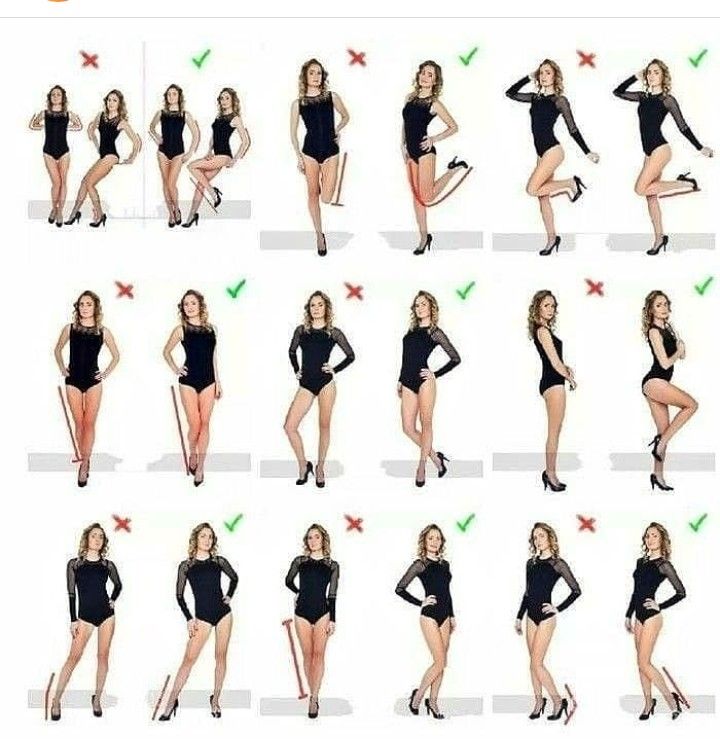 ..”
..”
— And how do “family” dancehalls live?
— That's how they live. Children hang out with them or sleep at home. No one condemns anyone for this in Jamaica. This is lifestyle. nine0003
Another “fad” of the supporters of the dancehall culture is a slim figure. If you dance this dance, you must be slim. You will notice that they are all almost with the same figures. First, it's aesthetics. Secondly, ease of movement. Try to perform all the same steps (ed. note: steps) with five extra pounds - it will not work. Therefore, boiled chicken without salt and spices, vegetables, no extra rolls and chocolate. But this is about me. The students decide for themselves.
— They say you have some special teaching method?
— You can do a lot through dancing. You can even heal a person. The main thing is to know from which side to approach it. So when I started teaching seriously, I became interested in psychology. And it happened like this: a person came to training, and everything seemed to go well, but he left and did not return. I began to read, watch, listen a lot and realized: everyone has their own pace. Some get it right away, some don't. This provokes one and he tries harder, and the other, on the contrary, scares him, he retreats. Therefore, the coach must be at least a little psychologist in order to understand the state of each person who stands nearby. nine0003
A choreographer in training is like a driver on the move: you have the steering wheel in your hands, and you drive the car, and the rest go with you. My goal is to get everyone to their final destination so that they don't give up and get out along the way.
You need to be able to maintain such an atmosphere throughout the lesson so that the guys do not take offense either at me or at each other. So that everyone leaves me with a new experience and skill for themselves, or at least with the hope of getting it.
I usually start each workout with jokes, I try to relax the person so that it becomes easy for him. And what is the easiest way? Laugh at yourself. It turns out - laugh. No, laugh even more. And then everything will work out. nine0107
— Are students in Russia the same as in Brazil?
— No. Brazilians are more free. They come to training with one thought: “Here and now we will dance. The rest later." They are more relaxed. In Russia, most people are tense. Maybe it's the mentality. They just can't relax. I think, also because many people come with the idea that everything should work out, but it doesn’t work out right away, people begin to doubt. Too many thoughts. And you just need to move at your pleasure, according to your mood. nine0003
The good thing about dancehall is that it allows you to choose more than any other style: today you are cheerful - you choose social steps, and tomorrow you are angry and show it with the help of gangsta steps.
In addition, the dancehall is divided into old, new and high school.




